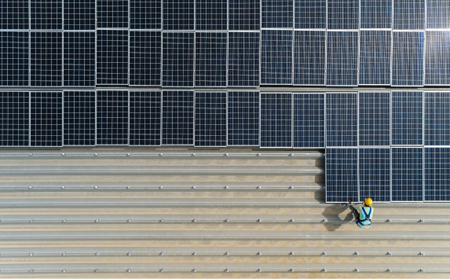Renewable energy adoption is gaining speed as the world pivots to technologies like solar panels and wind turbines to reduce greenhouse gas (GHG) emissions and mitigate the worsening effects of climate change. Adoption is likely to only accelerate after parties at COP28 in Dubai agreed to triple global renewable energy capacity by 2030.
Acceleration is welcome and essential if the world is to capture the full range of environmental benefits renewables offer over fossil fuels. Simply put, countries cannot achieve the goals of the Paris Agreement without them. Furthermore, decarbonization is not renewables’ only environmental advantage. Compared to coal, natural gas, and oil, renewables can drive invaluable air and water quality improvements, while also consuming far less water.
Acceleration also means that renewables’ environmental drawbacks are likely to be more pronounced. As renewables are needed in growing numbers to meet climate goals, the environmental externalities associated with raw material extraction, manufacturing, and end-of-life disposal could increase. Likewise, potential impacts to land, sea, and wildlife associated with renewable energy project construction could increase as renewable energy installations grow in number.
However, accelerating renewable energy adoption does not have to amplify associated environmental impacts. In fact, with the right actions, companies can turn some of these impacts into added benefits, maximizing renewable energy’s environmental gains. We view four steps as being particularly key to building benefit.
Step 1: Opt for green production inputs and processes
1. Pursue low-carbon and low-waste raw material sourcing for renewable energy platforms.
2. Select low-carbon material inputs for renewable energy platforms.
3. Use low-carbon components when building renewable energy platforms.
Step 2: Introduce circular alternatives
1. Use circular materials when building renewable energy platforms.
2. Recycle or repurpose renewable energy platforms at end-of-life.
Step 3: Minimize footprints
1. Build renewable energy installations on brownfields.
2. Repower existing renewable energy installations.
3. Co-locate solar and wind developments together.
4. Incorporate Marine Spatial Planning into project design
Step 4: Consider wildlife from the start
1. Screen renewable energy developments for potential wildlife impacts during siting.
2. Incorporate wildlife-friendly project design into renewable energy installations.
3. Integrate native landscapes into renewable energy development sites.
4. Utilize offshore wind wildlife mitigation measures.




